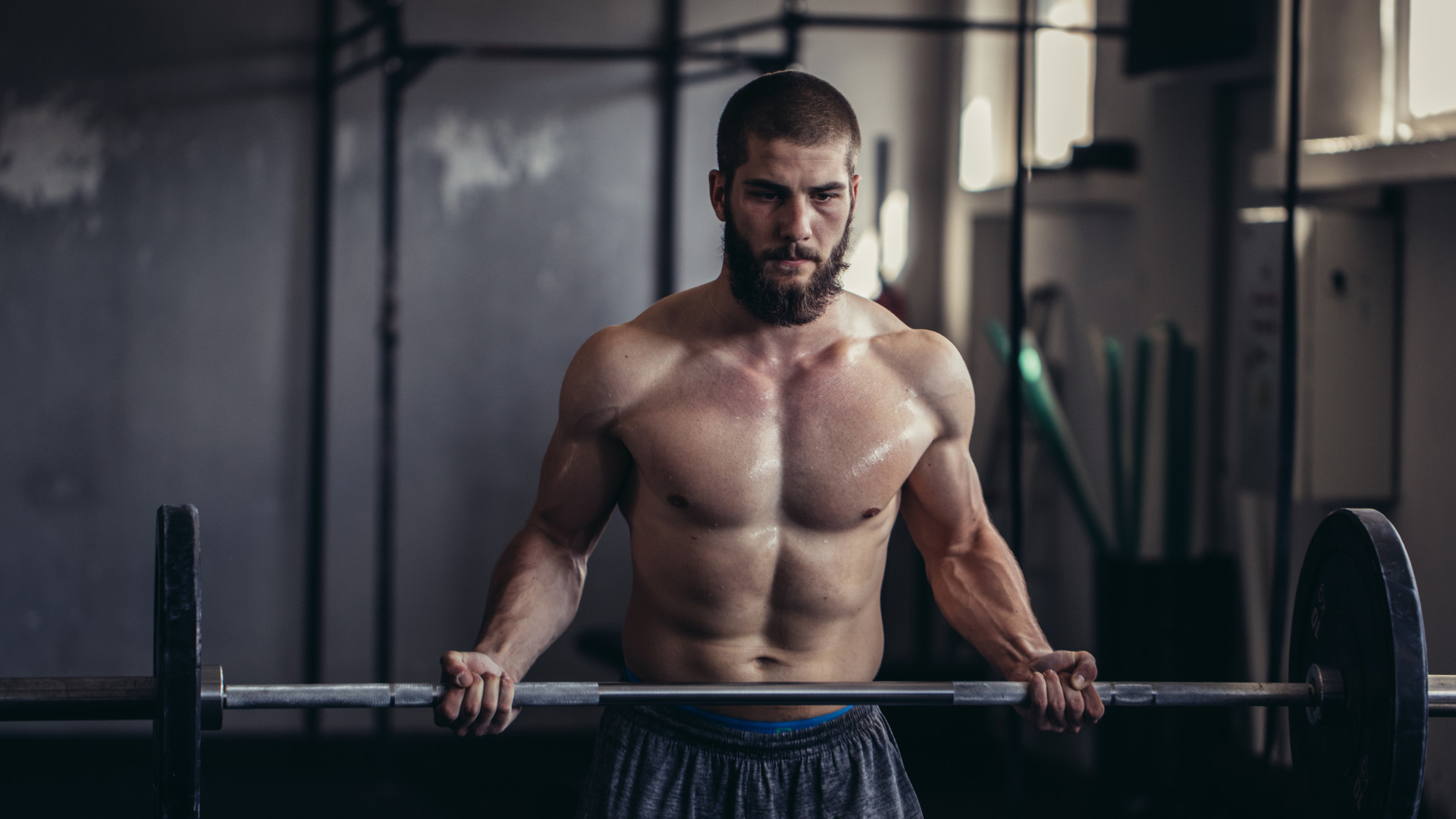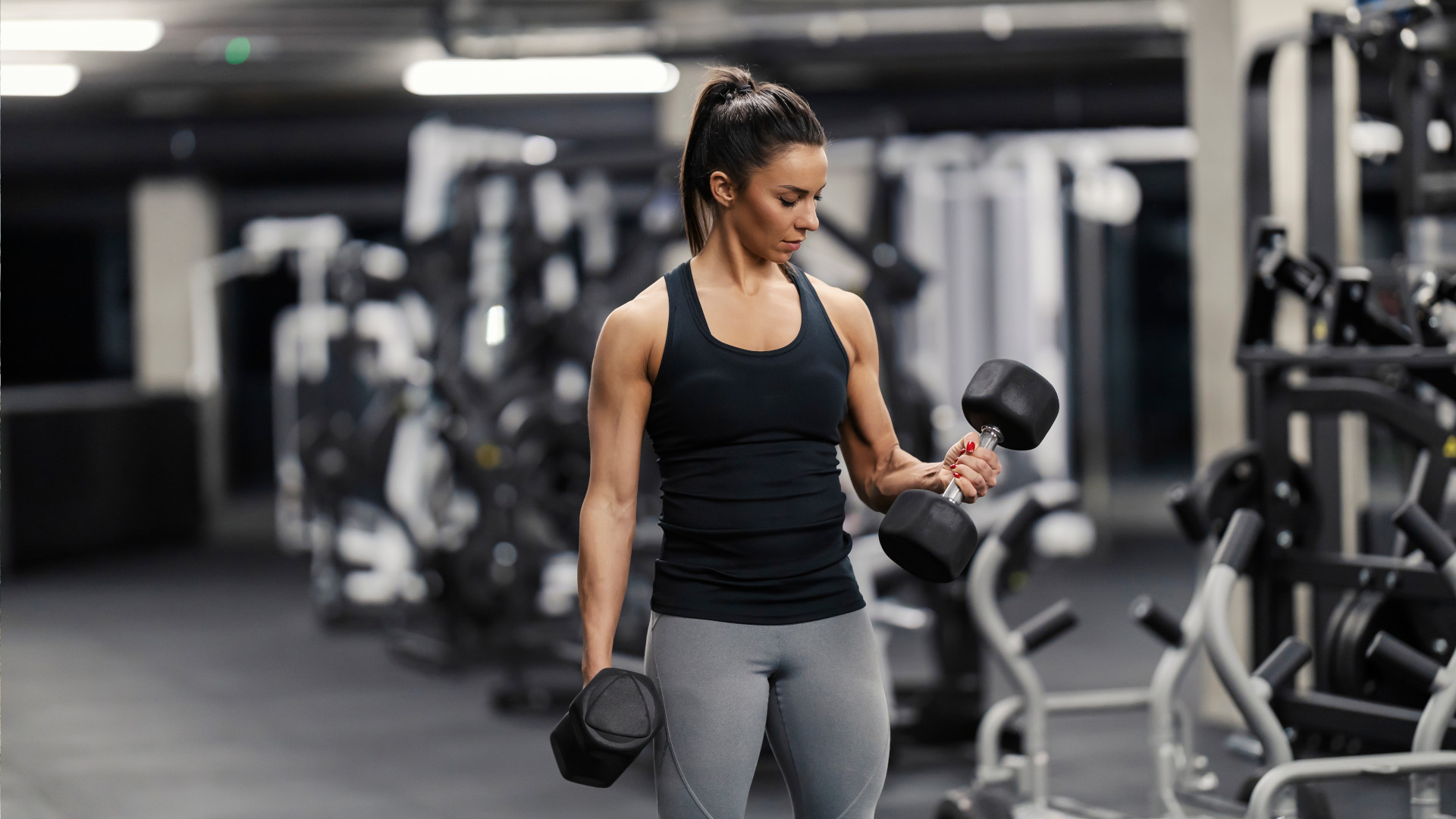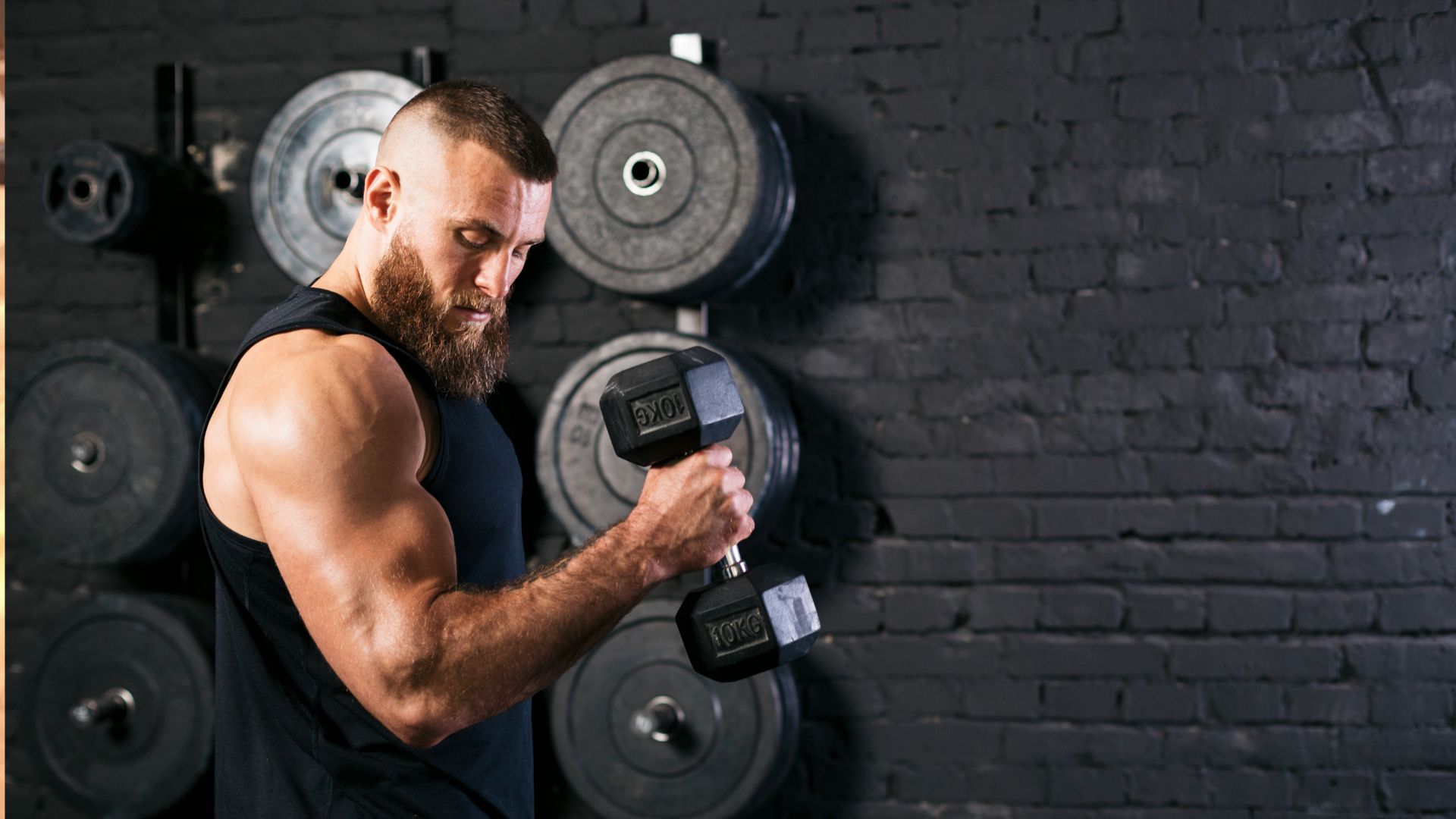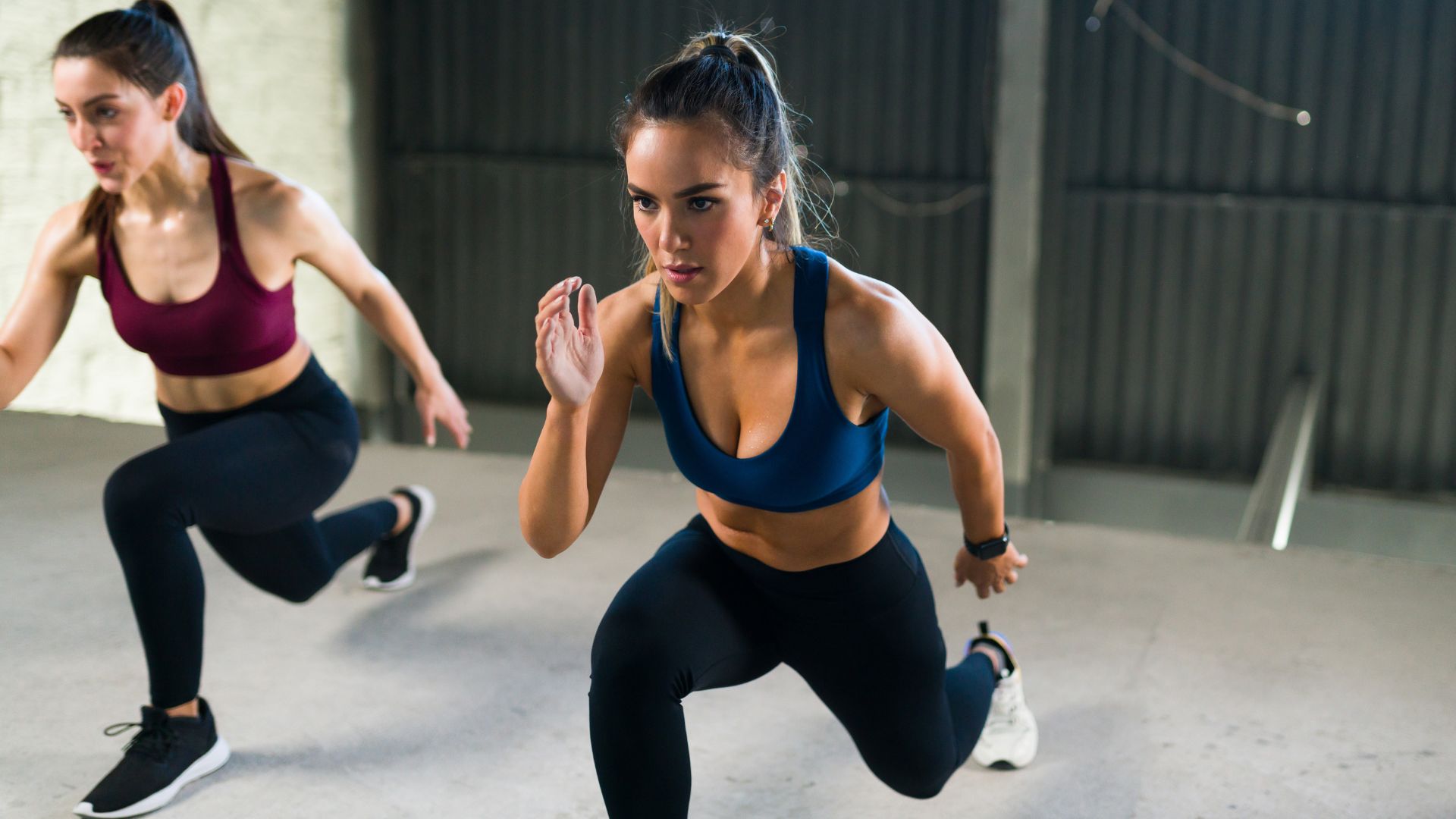6 fitness myths that we fall for and need to forget, say these experts
They'll only hinder your training, instead of helping it


Fitness culture is a double-edged sword; on one hand, it can help people live a more fulfilling, healthy life but, on the other, it’s full of noise and misconceptions (more often than not due to the likes of social media and unqualified ‘influencers’).
It can make it difficult for those looking to start their own journey. Follow the wrong advice, and your goals may not just disappear further into the distance, but you may even end up injuring yourself.
Despite science evolving, there are some fitness myths that the fitness culture still struggles to shake off, no matter how much evidence shows that it’s a load of nonsense, or that it’s good for you.
Time to separate the fact from the fiction! With the help of six experts, we debunk some of the most popular fitness myths that we still fall for and need to forget, fast.
‘Lifting weights makes you bulky’

It’s still a common misconception – more so with women than men – that if you pick up a pair of dumbbells you’ll immediately turn into the Hulk, which just isn't true. “Weightlifting is one of the most fulfilling and empowering forms of training,” says Built For AthletesAmbassador and Fittest Woman in the UK, Aimee Cringle.
“Getting stronger and fitter should be a goal for everyone, regardless of gender, and building muscle is always a good thing. As a beginner, you don’t need to worry about getting bulky—achieving that level of muscle growth takes years of dedicated effort. Any muscle you build will contribute to a healthier, more athletic look.”
‘Cardio kills gains’
Despite hybrid training becoming more popular, this is still a popular myth amongst bodybuilding and powerlifting circles. “Moderate cardio, especially at low intensity or on non-lifting days, doesn't significantly impact muscle growth,” says Jake Dearden HYROX Master Trainer and Represent 247 Athlete. “In fact, it can aid in recovery, boost cardiovascular health, and improve overall workout capacity, all of which can support muscle development.
Get all the latest news, reviews, deals and buying guides on gorgeous tech, home and active products from the T3 experts
“It’s a crucial tool in any fitness routine. The key is finding the right balance between cardio and resistance training to align with your goals. If you prefer more intense cardio, that's not an issue either—just make sure you're optimising your diet to stay in a calorie surplus with plenty of protein.”
'I'll lose my muscle if I take time off'

This is a pretty toxic myth because, not only can it lead to overtraining syndrome, but you'll also struggle to find a good lifestyle balance. “If you only take a week off to go on holiday, you’re not going to lose any muscle, and it will almost certainly do your muscles the power of good, giving them time to properly recover” says Zach Schmidt, senior certified personal trainer at Ultimate Performance.
“Research has shown that it takes – on average – about three weeks or so before muscle atrophy starts to occur, and you might start to lose some mass and strength from this point onwards. But, we’re talking minuscule losses. However, even when muscle has been lost, it can be rapidly regained when training is resumed. Muscle memory is a wonderful thing. If you are forced to stop exercising for weeks or a couple of months, the worst-case scenario is that you will lose an insignificant amount of muscle mass – which is then rapidly regained as soon as you resume training.”
'Warm-ups and cool-downs are a waste of time'
A lot of us don’t give warm-ups and cool-downs a second thought, we just charge straight into our workout and then leave the gym once we’ve finished our final set. However, you may want to re-think that, as Cody Mooney, Managing Partner at pliability, says they're essential for an effective training routine.
“A good warm-up should be active, not static, to get your heart rate up, increase your range of motion, and prepare your muscles for the work ahead," he says. £Skipping recovery and cooldowns isn’t just short-sighted, it can lead to long-term consequences. Training is tough on our bodies, and without proper care, it's not a question of 'if' you’ll get injured, but 'when’.”
‘HIIT is the best way to get fit’

This isn't to say high-intensity training isn’t good, plenty of studies have shown HIIT can be extremely effective for fat loss, improving blood pressure, insulin sensitivity, heart health, and endurance. However, the problem is that people tend to overdo it. “This then has a negative effect on testosterone and stress hormone levels,” says Aoife Okonedo Martin, certified personal trainer at Ultimate Performance.
“When you’re stressed, it releases cortisol into your body which activates your sympathetic nervous system, putting you into ‘fight-or-flight’ mode. This is ok in small doses, but if your sympathetic nervous system is in constant overdrive from too much HIIT, it’ll wreak havoc on your body. Also, too much cortisol can cause you to put on weight, leading to a vicious cycle of doing more and more HIIT thinking it’ll shed stubborn fact, but in fact it’s working against you by putting too much strain on your body.”
'No pain, no gain'
Pain should never be the indicator of a good workout. There’s a difference between experiencing DOMS and then driving your body so far into the ground that it can no longer recover. “A good overall program, whether it be strength or cardio, needs to involve a mixture or hard, medium, low intensity, and good recovery intervals and sessions,” says Luiz Silva Head of Fitness & Wellbeing and Personal Trainer at Castle Royle.
“Going too hard in your sessions can require a longer recovery period to allow the muscles fibres to fully recover and cortisol levels to go down. If this doesn’t happen, you’ll start the next session with the muscles still fatigued so your performance won’t be as good. If this keeps happening regularly, the progress won’t happen, and you may even regress, not to mention there’s also a higher risk of injuries to muscles and joints.”

Bryony’s T3’s official ‘gym-bunny’ and Active Staff Writer, covering all things fitness. She is a certified personal trainer and also a part-time fitness instructor. In her spare time, you will find her in her natural habitat - the gym - where her style of training is a hybrid of bodybuilding and powerlifting. Bryony loves writing about accessible workouts, nutrition and testing innovative fitness products that help you reach your fitness goals and take your training to the next level.